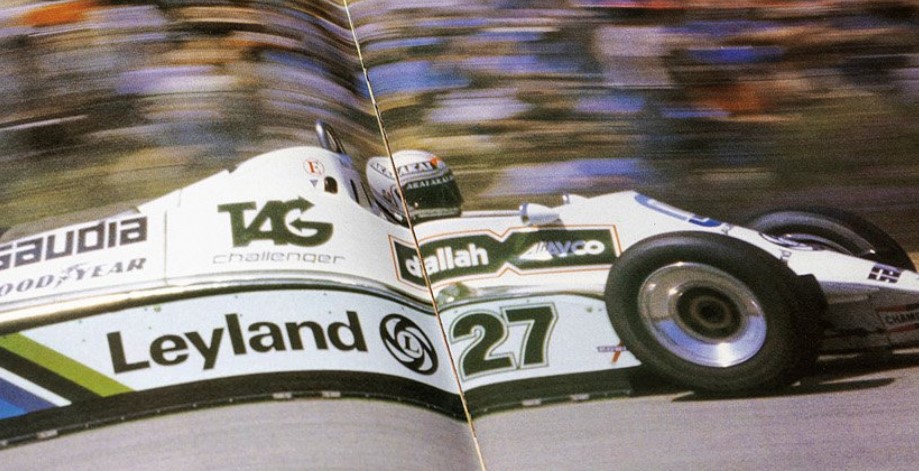
Spotlight on Photography: Relive the 1980 Grand Prix Through Michael Turner's Racing Photos
Amid the roar of racers zooming toward the finish line in London during the 1980 Grand Prix, longtime auto-racing photographer and renowned artist Michael Turner trained his lens on a Saudia-Williams FW 07.
March / April 1981
Amid the roar of racers zooming toward the finish line in London during the 1980 Grand Prix, longtime auto-racing photographer and renowned artist Michael Turner trained his lens on a Saudia-Williams FW 07. Its Australian driver, Alan Jones, was about to make history. Slowing his camera’s shutter speed, Turner clicked away while following his lens along with the speed of the car, causing it to stay in sharp focus and blurring the background of fans. This technique, called “panning,” shows the race car is in motion—and about to drive off the page to victory in the March/April 1981 cover story “Formula One.” Jones won the race, his fourth victory of the season and third win in a row. AramcoWorld highlighted the achievement of the “back-street boys,” referring to the British and Saudi partner builders and sponsors of the car who saw the promise in showcasing innovative automotive technology and a wide-open track for beating the giants of the Formula 1 world.
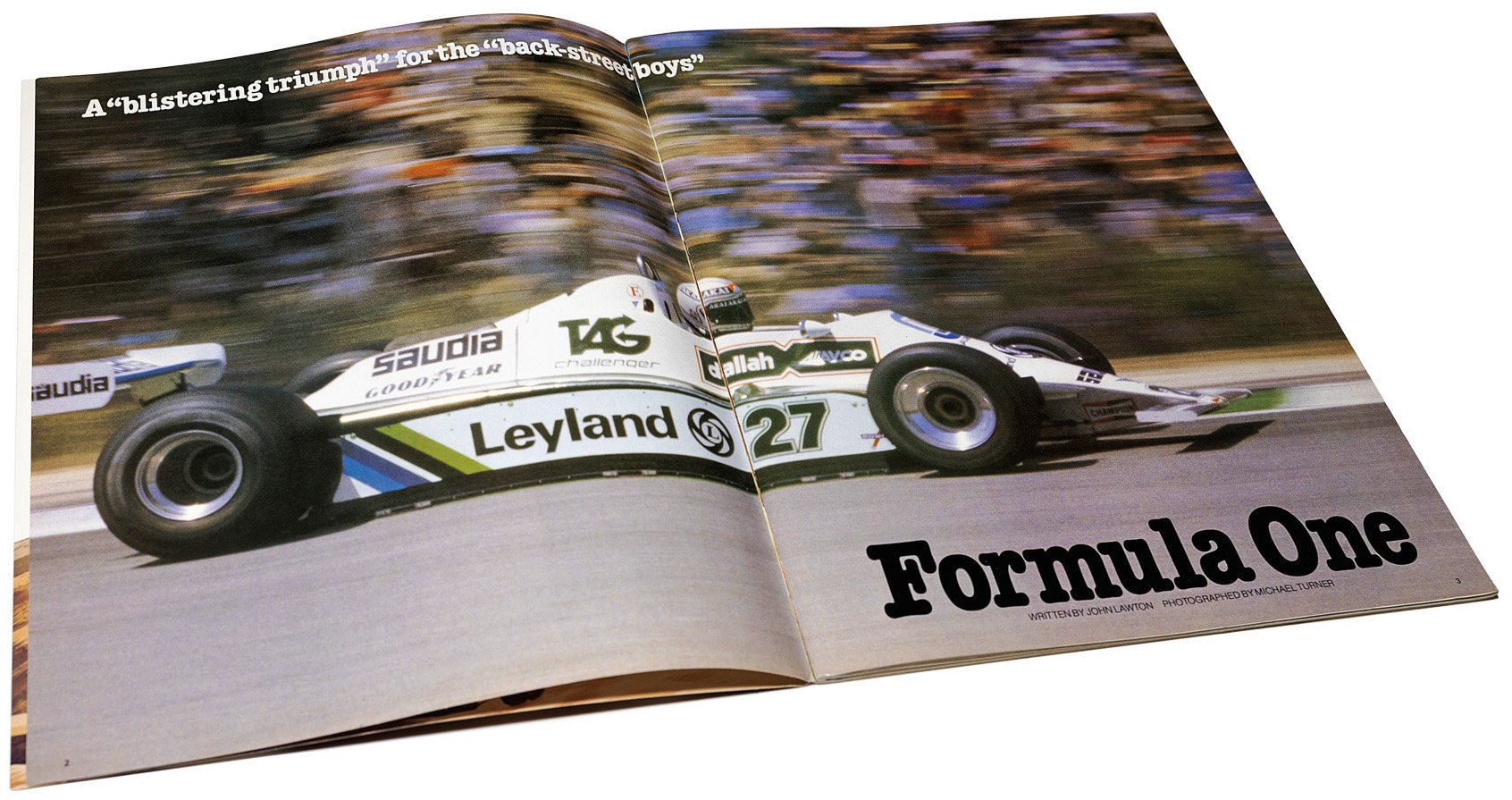
You may also be interested in...
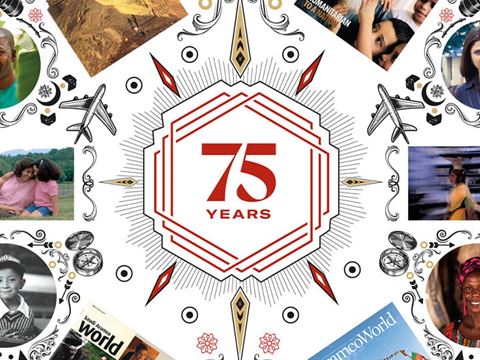
AramcoWorld: 75 Years of Visual Storytelling Through Photography
Arts
History
Part 2 of our series celebrating AramcoWorld’s 75th anniversary this year highlights “visual vagabonding”—the magazine’s expanded use of vibrant images over the decades to fulfill the mission of cultural connection.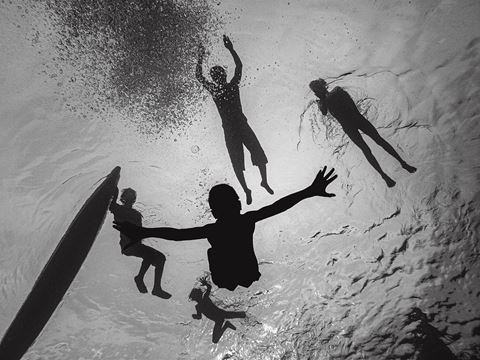
Ambon Island, East Indonesia by Hengki Koentjoro
Arts
This photo was taken off Ambon Island, East Indonesia in 2010. It is one of my favorites, illustrating the free-spirited nature of the children in the rural archipelago. While some children in the big cities may stay inside and play computer games, the children in Ambon with easy access to the water see the ocean surrounding their village as their playground.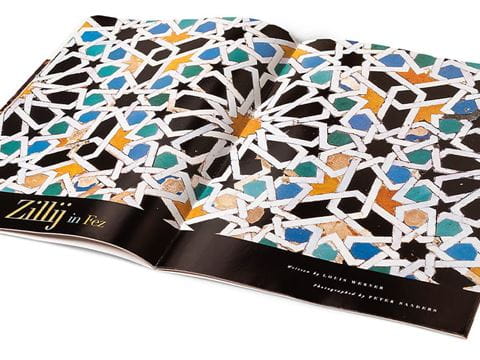
Spotlight on Photography: Explore Moroccan Zellige (Zillij) Tilework in Fez With Peter Sanders
Arts
In patterns and refractions, the old city of Fez, Morocco, comes to life through the geometric tile works known as zillij. In 2001, AramcoWorld commissioned photographer Peter Sanders to tell the story of a family who for five generations has added new dimensions to art and architecture.